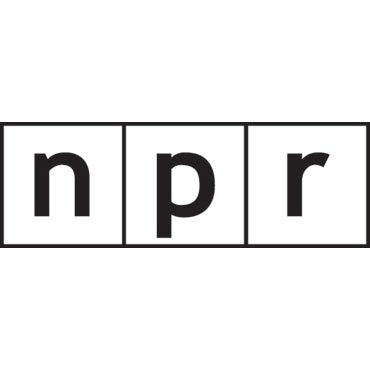Going back to Haiti
For the next week, reporter Susan Phillips will be in Haiti to check on how survivors are coping with their traumatic experiences one year after the earthquake that leveled the country. Last year, Phillips traveled to Haiti with a team from Cooper University Hospital, spending more than a week chronicling the post-earthquake devastation for WHYY’s listeners. Look for her blog posts here, and listen for her audio reports on WHYY, 90.9 FM.
Thursday, Jan. 13
A year ago, unthinkable destruction occurred just 1,488 miles south of us as an earthquake tore apart the island nation of Haiti. Each day, the news seemed to get worse and worse. Buildings unable to withstand the magnitude 7 earthquake crushed hundreds of thousands of people. An estimated 230,000 people died. Many survived only to have their arms and legs severed in life-saving operations.
Health-care workers from across the globe flooded into the disaster zone. I traveled with Cooper’s volunteer team of doctors and nurses to report on the damage. At that time, flights were not leaving or arriving in the Haitian capital of Port-au-Prince. So, like many aid workers, the medical team from Camden-based Cooper flew into the Dominican Republic. I went with them to the dusty border town of Jimani, where they expected to cross into Haiti. But Haitians in need of help were flooding across the border.
At an impromptu hospital, thousands of wounded Haitians lost their limbs. Some died on the operating table; others survived and moved to a refugee camp on the Haitian side of the border near Fond Parisien. They’ve been there ever since.
Last night, I returned to Port-au-Prince. This week, I’ll spend time there and in the border area to find out how people are coping one year later. Before the quake, Haitians, in the words of one pastor I spoke with, were not “conscious” of the need for mental health care. But several nongovernmental organizations are working to build up the country’s mental health-care services, helping children to get over their fear of sleeping in buildings, and helping those who lost loved ones deal with their depression. Back up on the border, another NGO called Love a Child is building houses especially designed for amputees.
For the next week, I’ll look at how Port-au-Prince has adapted, take you into the camps sheltering earthquake victims, and show you some of the poorest neighborhoods of Cite Soleil.
Many of you may have donated money to help. Like a lot of people, you may be wondering what happened to it. Why is it that, one year later, reports indicate little progress on the part of the government and aid groups to rebuild the country? Those are some questions I hope to answer on my trip back to the earthquake zone.
WHYY is your source for fact-based, in-depth journalism and information. As a nonprofit organization, we rely on financial support from readers like you. Please give today.

